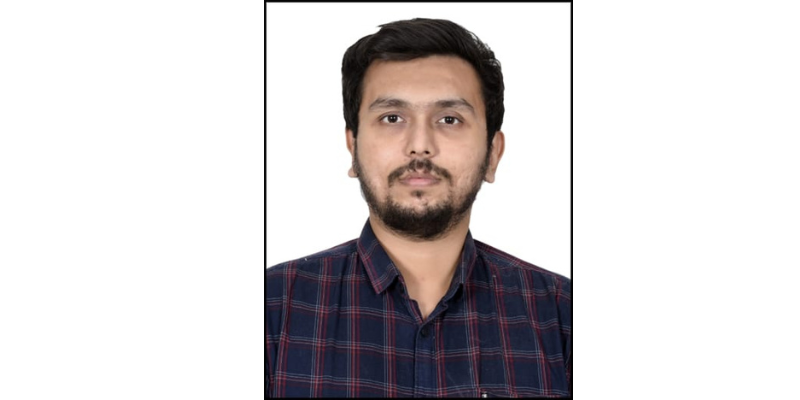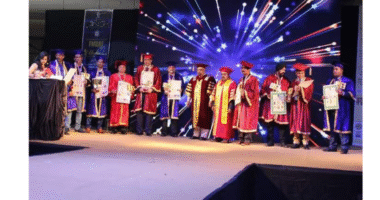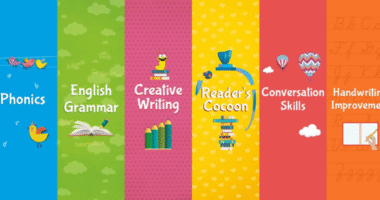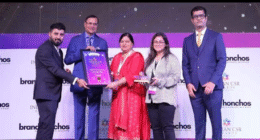By Dr. Devansh P. Desai
Silver Oak University
Ahmedabad, Gujarat: Space has always been a source of wonder, from the Moon landings to India’s landmark missions like Chandrayaan and Aditya. Today, this fascination is finding its way into classrooms, inspiring undergraduate (UG) and postgraduate (PG) students to innovate, explore, and dream bigger than ever before.
Modern space science education is a multidisciplinary journey, combining physics, mathematics, computer science, and engineering. It equips students with the skills to analyze satellite data, apply AI in space research, and undertake remote sensing projects, fostering critical thinking, creativity, and problem-solving abilities.
In line with the National Education Policy (NEP) 2020, universities are promoting interdisciplinary, research-oriented learning. Through partnerships with ISRO, IN-SPACe, and GUJCOST, students gain hands-on experience in real-world projects that connect classroom knowledge with national and global scientific endeavors.
“Space science education does more than teach concepts — it shapes visionaries,” says Dr. Devansh P. Desai. “It empowers students to apply knowledge creatively, contribute to technological advancement, and lead India’s journey of discovery into the future.”
As India continues to make strides in space exploration, its students are preparing to carry the torch forward. With curiosity as their guide and science as their tool, today’s learners are ready to take India’s space journey to new heights.









